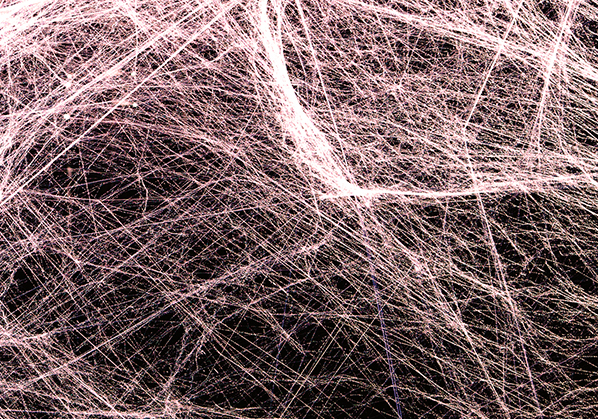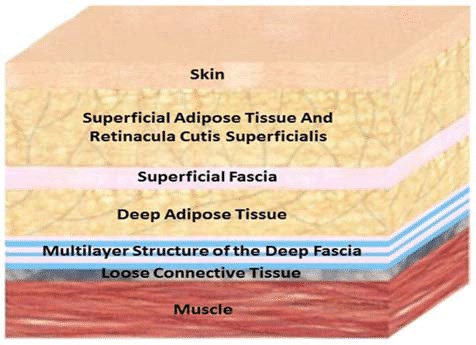FASCIA AND FEET
I was walking along the beach today and started thinking about how much we take “functional feet” for granted. Let’s face it, the only time you think about your feet is when they’re misbehaving (read “painful”)…. And the plantar fascia (aponeurosis) is so often the cause of that pain. Take a look at the picture…









